ICE has broad power to detain and arrest noncitizens – but is still bound by constitutional limits
Published in Political News
News reports of noncitizens unexpectedly being detained by Immigration and Customs Enforcement, or ICE, have dominated headlines in recent weeks. Those being detained include noncitizens who hold lawful permanent residency status.
One story concerns the March 8, 2025, arrest of Mahmoud Khalil, a lawful permanent resident and recent Columbia University graduate, who was initially detained in New Jersey and transported to Louisiana. He remains there while he challenges his detention and the immigration judge’s April 11 decision that he can be deported
And on March 25, ICE agents arrested Rumeysa Ozturk, a Turkish national and doctoral student at Tufts University, while she was walking on the streets of Somerville, Massachusetts. She is currently detained in Louisiana.
ICE agents have also detained and removed, among other people, hundreds of Venezuelan noncitizens to El Salvador since March, resulting in high-profile legal cases that are making their way through the court system. And the U.S. has revoked the visas of at least 300 foreign students this year.
As a scholar of immigration and citizenship law, I think that it is important to help the public understand the scope and limitations of ICE’s authority.
At the most basic level, ICE has broad, sweeping powers to question, arrest, detain and process the deportation any noncitizen. But ICE is still bound by certain constitutional and other legal restrictions, including noncitizens’ rights to make their case in court to remain in the U.S.
Created as part of the Department of Homeland Security in 2003, ICE is one of the federal agencies responsible for enforcing immigration laws.
ICE’s operating budget from Oct. 1, 2024 through Sept. 30, 2025 is approximately US$8 billion, a relatively small portion of Homeland Security’s $107.9 billion total budget for that same time period.
With more than 20,000 immigration enforcement officers stationed across the country, ICE’s day-to-day work is divided into three main areas – homeland security investigations, enforcement and removal operations, and legal representation for the government in an immigration court.
The branch focused on homeland security investigations probes transnational crime and terrorism-related activities. ICE’s second area of work focuses on apprehending and removing noncitizens who are in violation of immigration laws. Finally, staff at the Office of the Principal Legal Advisor represent the government in immigration hearings, particularly what is called removal proceedings, or deportation.
ICE’s power to enforce immigration law is primarily granted through the Immigration and Nationality Act, which Congress passed in 1952 amid the Cold War.
This act outlines the federal government’s authority to regulate immigration and provides immigration agencies, including those established at a later date, like ICE, broad powers to enforce these restrictions. One key part of the Immigration and Nationality Act allows ICE officers to interrogate any individual they believe to be a noncitizen regarding their right “to be or remain” in the U.S.
The Immigration and Nationality Act also says that any noncitizen can be deported for engaging in activities that the secretary of state believes “would have potentially serious adverse foreign policy consequences for the United States.”
Secretary of State Marco Rubio cited this provision when he revoked Ozturk’s visa. Ozturk was co-author on an op-ed in March 2024 calling for Tufts University to recognize genocide against the Palestinian people.
Rubio used the same provision to claim that Khalil’s involvement in protests at Columbia University had negative U.S. foreign policy consequences.
ICE officers have broad power to arrest noncitizens in the U.S.
With a warrant, they may arrest noncitizens who are in the country without legal permission, including foreign students whose visas are revoked. These warrants are administrative warrants signed by an immigration enforcement supervisor – not a judge.
ICE officers have long been able to carry out these arrests in plain clothes – although using face coverings, as ICE officers who arrested Ozturk and Khalil did, is a new and, I think, startling development.
Still, ICE’s powers to interrogate, arrest and detain noncitizens are not absolute.
For one, immigration law requires noncitizens to be notified in writing that they are being processed for a removal proceeding, so they can appear before an immigration judge and have the opportunity to challenge the government’s claim that they should be deported.
Noncitizens have the right to legal representation – albeit not paid for by the U.S. government – in an immigration court. Ultimately, an immigration judge, and not ICE, determines if a noncitizen should be deported.
Crucially, ICE is bound by various constitutional provisions that protect individual rights, including the rights of noncitizens who are living in the U.S. without legal authorization.
Three particular constitutional amendments impose different checks on ICE’s power.
The First Amendment, for example, protects individuals’ rights to free speech, assembly and religion. Consequently, ICE cannot target individuals – even if they are noncitizens living in the U.S. without legal permission – for simply participating in peaceful protests or writing something for the public. Rubio has said that he revoked Ozturk’s visa not because of her writing, but because she participated in “activities that are counter to our foreign … policy.” He also relied on this provision to support the deportation of Khalil.
But Ozturk and Khalil’s lawyers contend that their activities were protected speech. Ultimately, a federal district judge has the power to determine whether ICE targeted them for exercising their First Amendment rights.
The Fourth Amendment safeguards the right of individuals “to be secure in their persons, houses, papers, and effects, against unreasonable searches and seizures.” ICE must first obtain a search warrant, signed by a judge, before entering a person’s home or private areas of a workplace.
The Fourth Amendment’s protection against unreasonable searches and seizures also applies in public spaces. So, law enforcement officers must have reasonable suspicion to stop a person – or have probable cause to not have a warrant when they arrest a person they believe is guilty of a crime or in violation of a law and likely to escape. The Immigration and Nationality Act also requires ICE officers to have an arrest warrant unless they have reason to believe that the noncitizen may flee before they get a warrant.
It is not clear whether ICE officers presented Khalil and Ozturk with arrest warrants before they were detained outside their home and on the street, respectively.
The Fifth Amendment guarantees the right of all individuals against self-incrimination. This means that people detained by ICE have the right to remain silent during interrogations.
It also means that before noncitizens can be deported, they must have the opportunity to go before an immigration judge to challenge the government’s plan to remove them, or may file a case before a federal judge to challenge their detention and deportation.
Even with an annual budget of approximately $8 billion, ICE does not have the capacity to pursue all immigration law violations.
In this context, recent Trump administration initiatives could significantly increase ICE’s reach. For example, an April 2025 memorandum of understanding between the Internal Revenue Service and DHS allows the IRS to share tax information of immigrants living in the U.S. without legal authorization. This could help ICE more easily identify, locate and arrest noncitizens living in the U.S. illegally.
Despite its considerable power, ICE’s authority is not without checks and balances.
But as a longtime scholar of immigration law, I believe ICE officers’ recent actions raise serious concerns that it is exceeding the bounds of its legal authority and the constitutional limits that are intended to protect individual rights.
This article is republished from The Conversation, a nonprofit, independent news organization bringing you facts and trustworthy analysis to help you make sense of our complex world. It was written by: Rose Cuison-Villazor, Rutgers University - Newark
Read more:
What the Supreme Court’s ruling on man wrongly deported to El Salvador says about presidential authority and the rule of law
ICE can now enter K-12 schools − here’s what educators should know about student rights and privacy
What is a migrant? What is ICE? 10 terms to help you understand the debate over immigration
Rose Cuison-Villazor does not work for, consult, own shares in or receive funding from any company or organization that would benefit from this article, and has disclosed no relevant affiliations beyond their academic appointment.

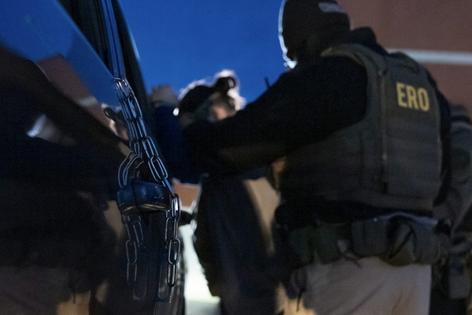
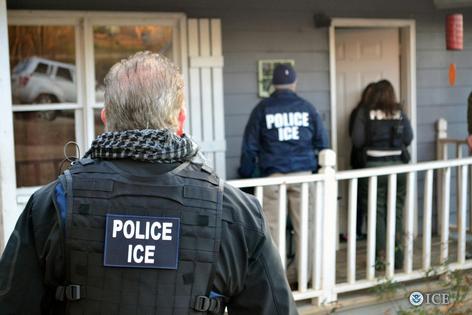
































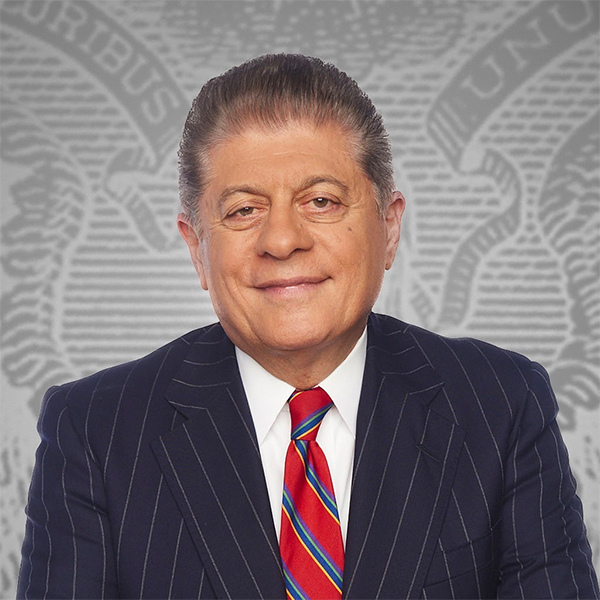



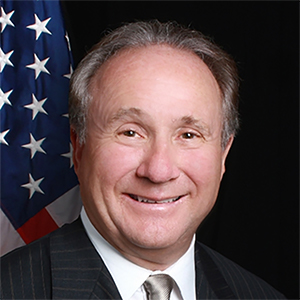

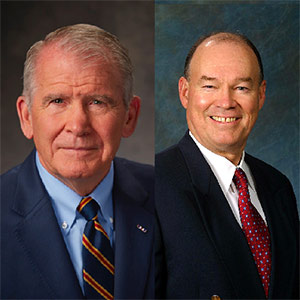
























Comments